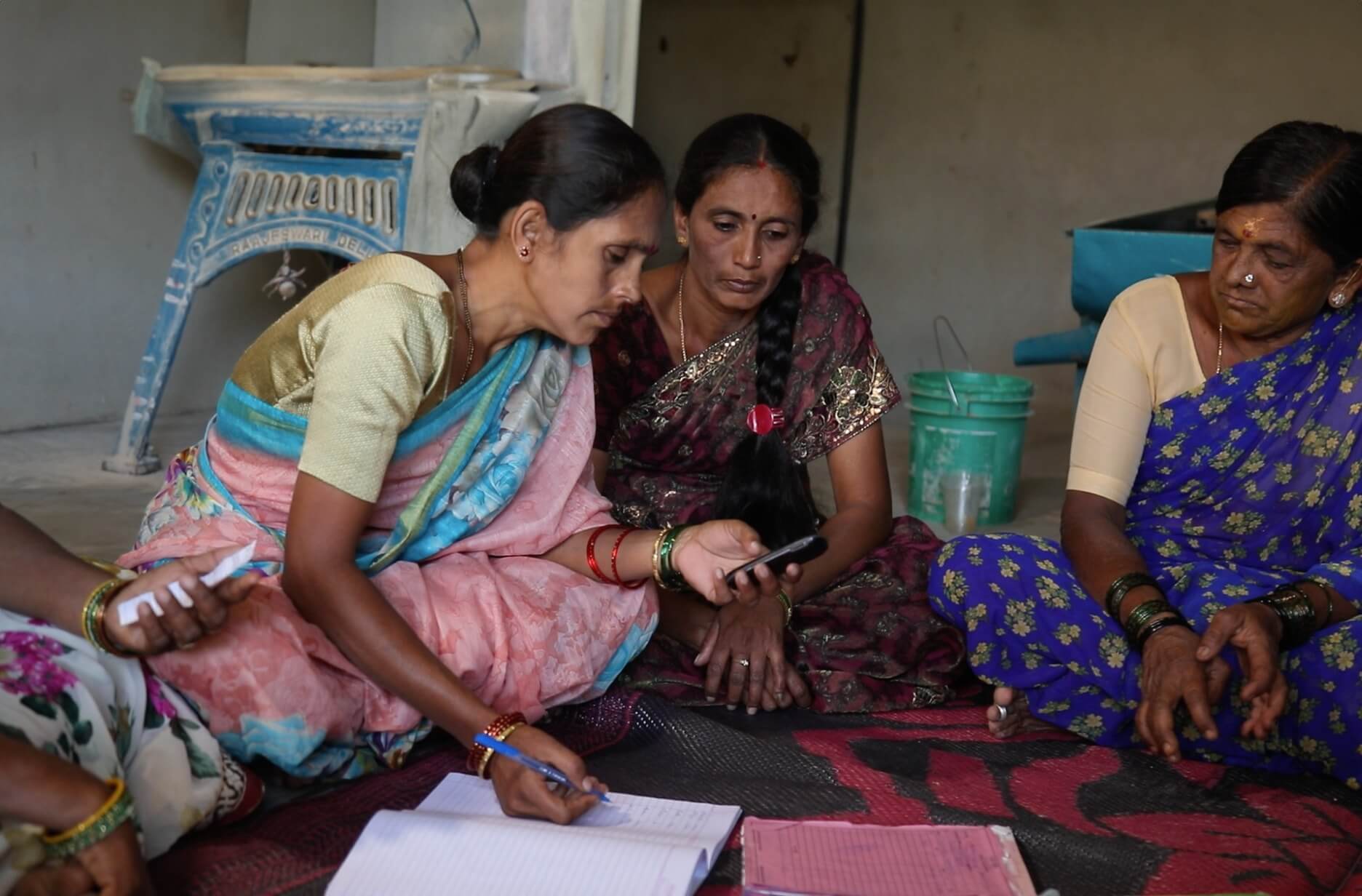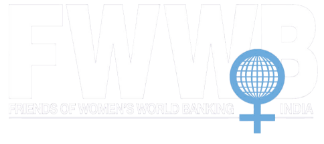
This is in part due to: i) the existing division of gender within the different economic sectors and in the informal sector; ii) the exclusion of women from decision-making processes; iii) the impact of unpaid care work and gender-based violence; and iv) the comparatively high rate of job losses that affect women in the aftermath of disasters and impact the survival and recovery of micro, small, and medium size enterprises run by women.
Building women’s resilient livelihoods and businesses resilience before, during, and after disasters and in the context of slow-onset climate changes means addressing several key gender-specific barriers.
